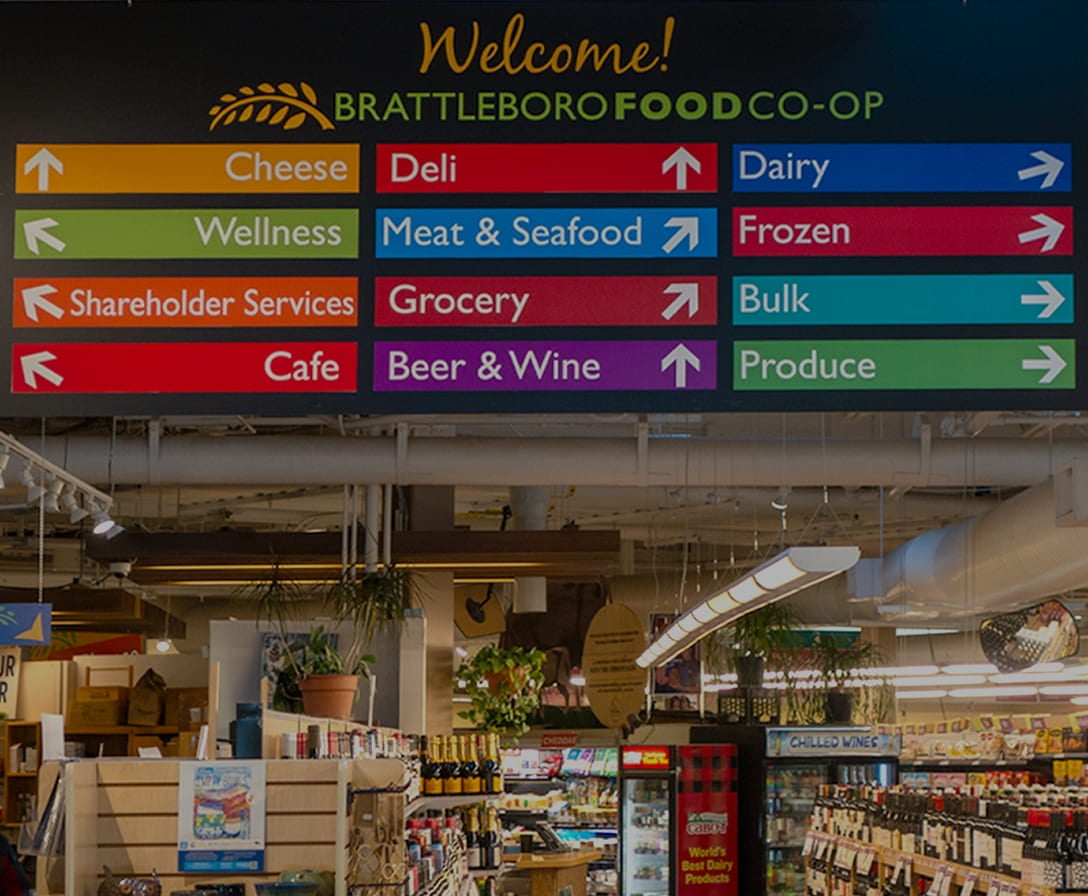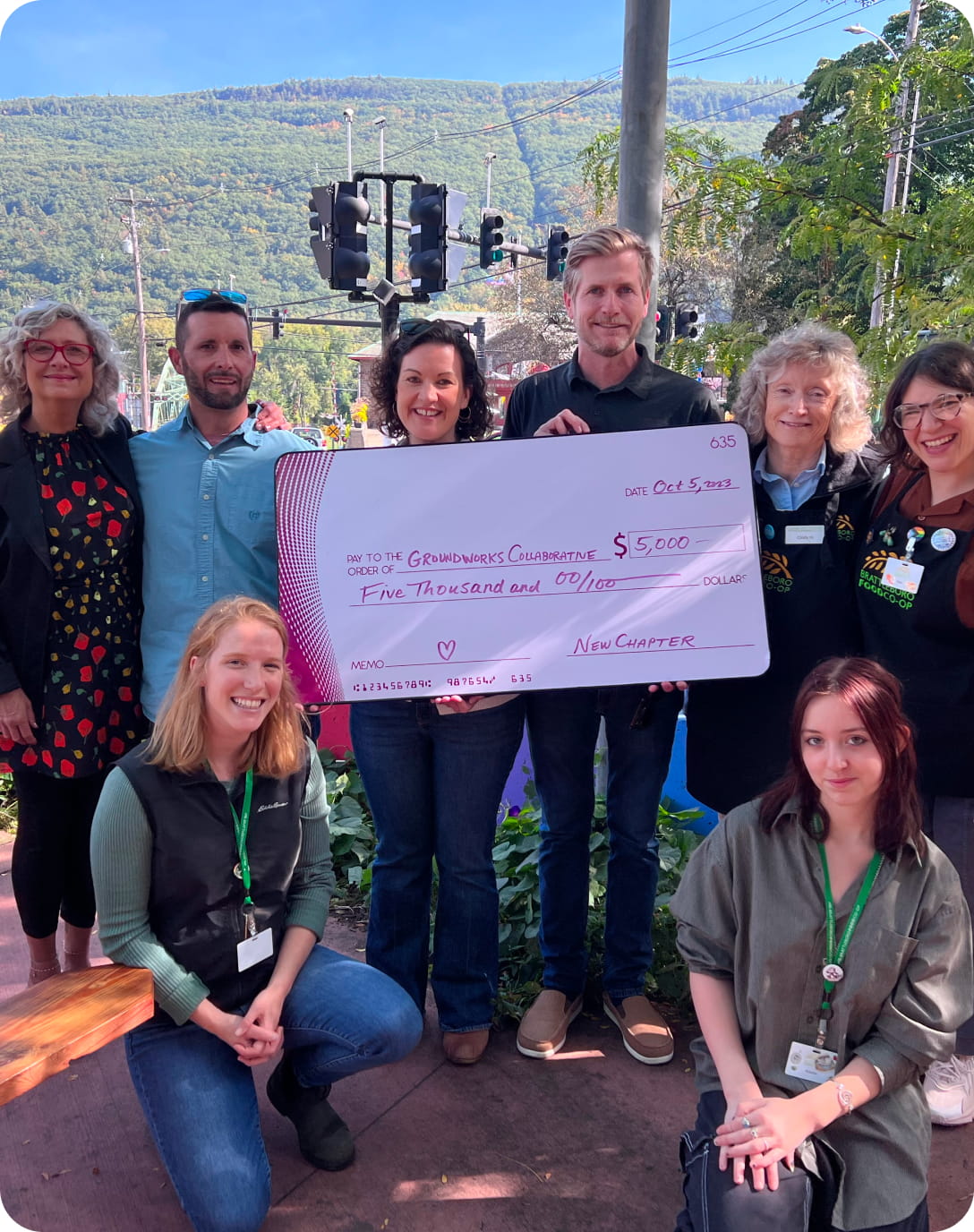The Miraculous Egg
What would we do without the miraculous egg? There is an abundance of foods that have eggs as a base: savory omelets, fluffy frittatas, scrumptious quiches, mouth-watering deviled eggs, as well as delicious custards, pies, and puddings. These are all made with the miraculous egg! Since Neolithic times it has been an integral component of our diet, and not just as a breakfast food but for lunch and dinner too. Humans have hunted for and consumed eggs as a mainstay in their diet for reliable nourishment for a very long time! Eggs are versatile, quick to prepare, and nutritious as well. They are well liked by all kinds of eaters, both finicky and not so finicky. In 1906 P.G. Wodehouse wrote in his novel Love Among the Chickens, “The good old egg is the foundation of daily life.” Unfortunately since the late 1970s, the egg’s reputation has soured with the news from doctors that high cholesterol foods—which include eggs—increase the risk of heart disease. Consumers have thrown their hands up in despair, asking what they should do: to eat or not to eat? Fortunately, newer research on cholesterol has turned around the egg’s threatening image and once again it is acceptable for a large percentage of the population to eat them.
Who would have thought that, with its small size, hard shell, and unique shape, the egg would have the capability to be such an essential ingredient in so many delicious dishes, as well as to provide such a nutritional punch? Eggs are a nutrient champion! They contain one of the most concentrated sources of high biological value—protein—and they are a good source of vitamins A, E, D, K, B-12, and choline, as well as the minerals iodine, biotin, and selenium. Grouped with other B-vitamins, choline is a crucial nutrient needed for brain development, and eggs contain significant amounts. Egg yolks are also an excellent source of two powerful antioxidant, lutein and zeaxanthin, which are essential in maintaining excellent eye health. Both carotenoids, lutein and zeaxanthin are responsible for the rich yellow color of the yolk. The stigma of high cholesterol still clings to the egg (one contains about 200 mg). Cholesterol is a fatty substance needed for digestion, production of hormones, and for cells to function properly. Recent studies have shown that moderate consumption of about one to six eggs a week can support good cholesterol (HDL) numbers. It is more often the other types of saturated and trans fats—or the bacon and sausage that are eaten with eggs—that are detrimental to your heart, not the eggs themselves. It is still prudent to be cautious with egg intake, and evidence suggests especially for those who have diabetes (which increases your risk for heart disease), a high LDL level (the bad part of cholesterol), or heart disease, but it is not necessary to eliminate them all together, by any means. People with medical concerns should discuss with their medical provider what is right for them with regard to egg consumption.
We eat eggs from many different birds but the eggs most commonly available are from chickens. Some of the smallest eggs found are from the quail, and the largest is from the ostrich. In the United States we produce more chicken eggs than any other egg. China, the U.S., and India are the three largest chicken egg suppliers in the world.
The labels on eggs are often misleading and can be confusing to the consumer. The terms cage-free, free-range, pasture-raised, organic, and omega-3-enriched are freely used, but there are often no set standards associated with these words. For example, cage-free can mean the chickens are not in cages but no specifics are given as to how long they are outside and the type of food they receive. Pasture-raised chickens generally means that chickens are put out to pasture at least some of the year, when possible, and eat whatever may be outside, but it is not clear what foods are given when they are not out to pasture. Most egg yolks do contain naturally occurring omega-3’s but when chicken’s diets are specified on the label as supplemented these chickens produce eggs that contain more vitamin E and omega-3 fats—in some cases double the amount. Chickens are generally fed clover and alfalfa, which are natural sources of omega-3 fats, and omega-3-enriched eggs are from chickens whose diets are supplemented with processed fish oils, flax oil, or algae. The organic label requirements for eggs state that chickens must be fed organic food, not necessarily pasture food, and while outdoor roaming time is part of the organic requirements, the amount of time is not well defined. Many questions may arise after reading egg labels. More specifics about the eggs from the chicken farms can be obtained by contacting the farm directly or requesting more details from the BFC Dairy department about the farms and their egg production. Fortunately here in Vermont we have access to a variety of eggs from around this area and from relatively small-scale farms, not the humongous egg-factory farms where the chickens are kept in small cages and are hardly able to move! Support your local egg farmers!
Eggs are an easy food to prepare and can be cooked in so many ways. They are a very quick way to increase the protein in your diet and compared to other animal-protein sources, they can always be found at a low cost, even now with price increases.
The egg recipe that is featured here is for a custard that many people are familiar with but this is not just any custard—this is a recipe from my dear, dear friend Esther Falk, who was a longtime Co-op shopper and Co-op member. She passed away three years ago this winter but her legacy lives on!
Esther made this delicious custard for many people. She was also known to share her many other homemade treats (scones, almond rusks, etc.) with people here at the Co-op and elsewhere. She was an inspiration to many because of her giving and inquisitive spirit, her positive and open mind, her love of nature, and her passion for life. She made many friends throughout the community and often left people with something she made—a special gift, a baked custard, and other goodies as well.
ENJOY!!
Chris Ellis, Staff Nutritionist
About Producer of The Month

Shop Online

On Sale Now!

